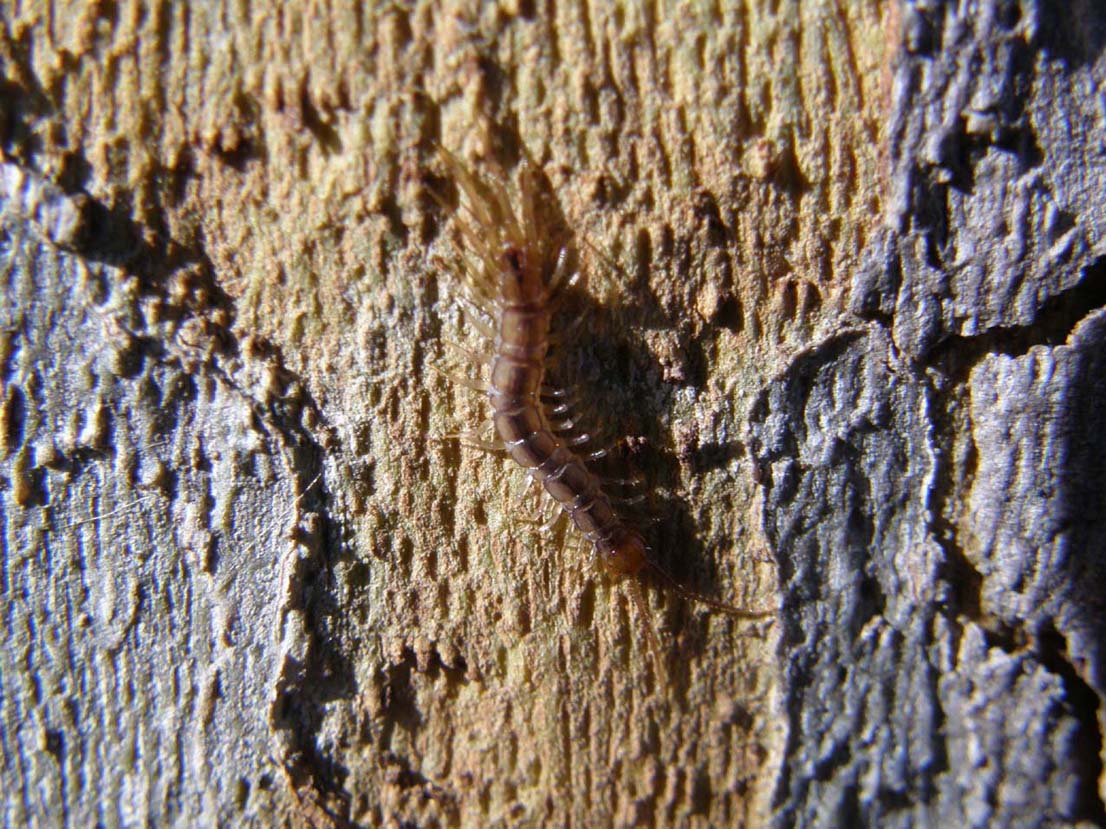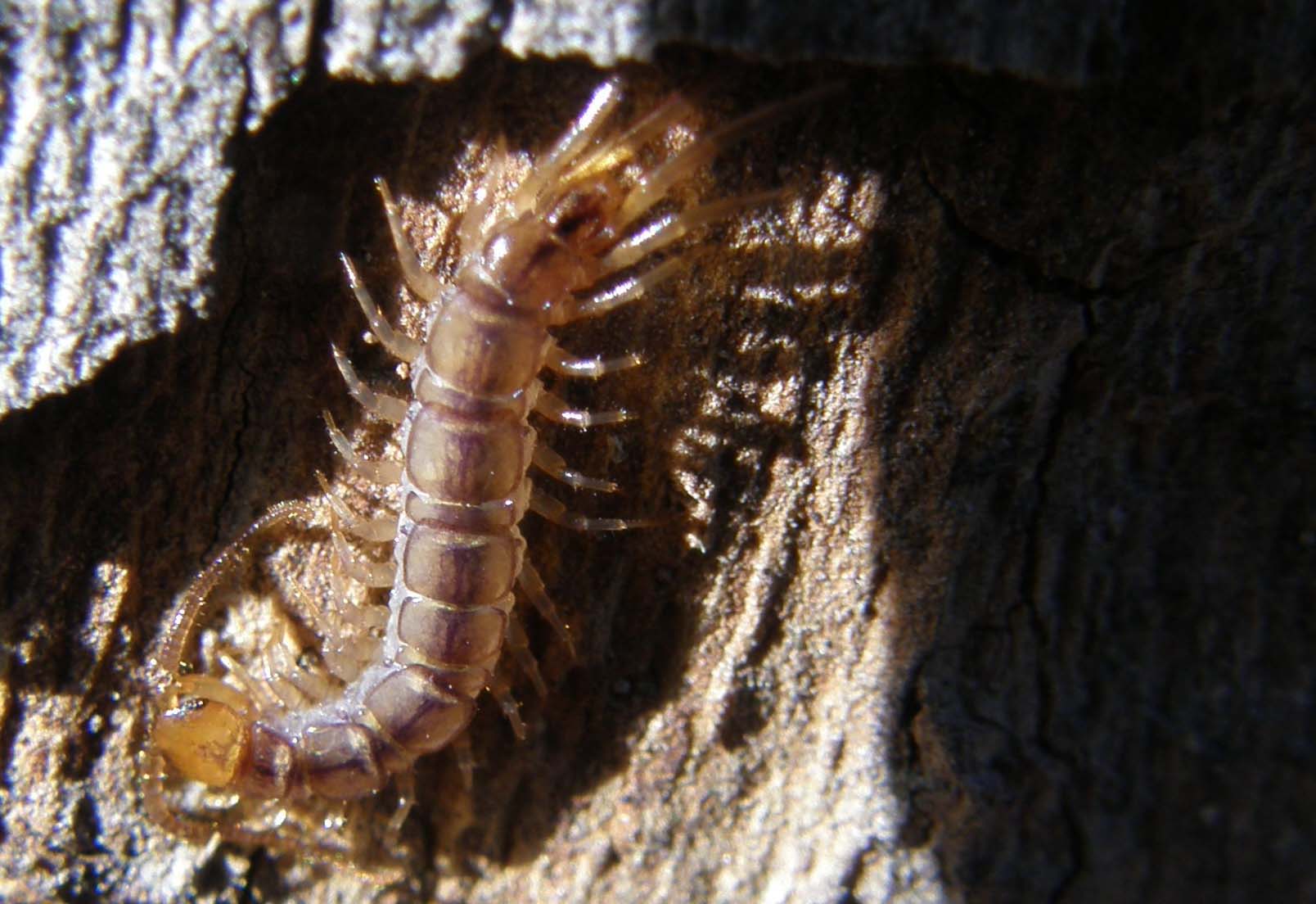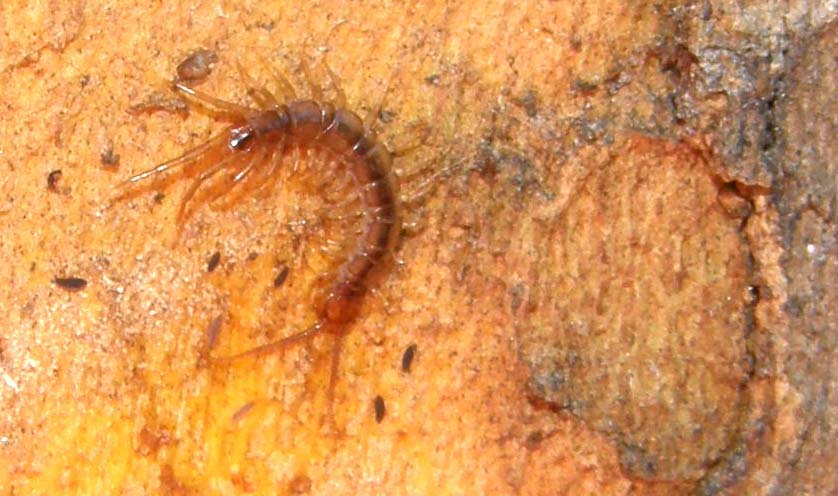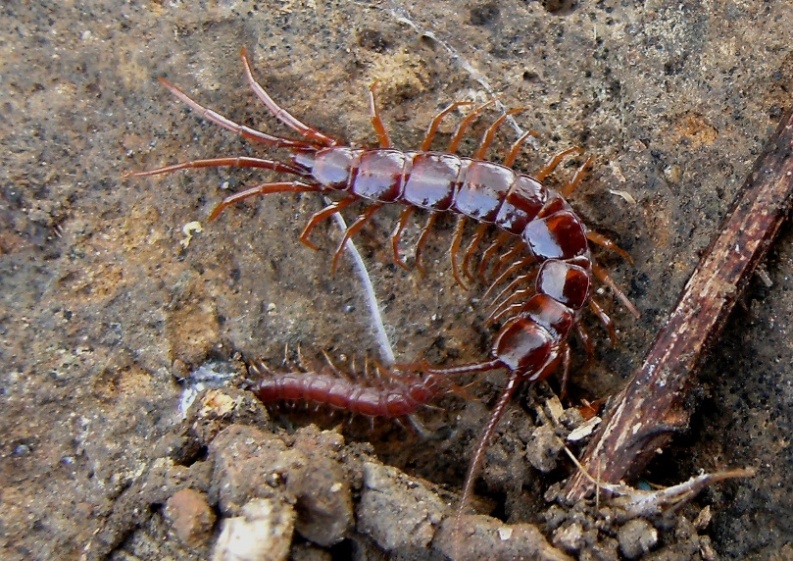|
|
|
|
|
Galleria Tassonomica
di
Natura Mediterraneo
|
|
|
| Autore |
 Discussione Discussione  |
|
|
vladim
Moderatore trasversale
    

Città: Milano
Prov.: Milano
Regione: Lombardia

34172 Messaggi
Tutti i Forum |
|
|
vladim
Moderatore trasversale
    

Città: Milano
Prov.: Milano
Regione: Lombardia

34172 Messaggi
Tutti i Forum |
 Inserito il - 08 marzo 2009 : 19:07:20 Inserito il - 08 marzo 2009 : 19:07:20


|
Immagine:

228,83 KB
Immagine:

151,24 KB
“…il signore Iddio ….condusse tutti gli animali da Adamo, per vedere con quali nomi li avrebbe chiamati, poiché il nome che egli avrebbe imposto ad ogni animale vivente, quello doveva essere il suo vero nome. Adamo dunque diede il nome ad ogni animale…”
(Genesi, 2,19-20)
|
 |
|
|
elleelle
Moderatore Trasversale
    
Città: roma
Regione: Lazio

33256 Messaggi
Flora e Fauna |
 Inserito il - 08 marzo 2009 : 20:21:09 Inserito il - 08 marzo 2009 : 20:21:09


|
Essendo giovane, non è facile distinguere; comunque, io propenderei per Eupolybothrus sp., più che per Lithobius sp., per le zampe delle ultime due paia lunghe e sottili.
 luigi luigi
|
Modificato da - elleelle in data 08 marzo 2009 20:21:41 |
 |
|
|
vladim
Moderatore trasversale
    

Città: Milano
Prov.: Milano
Regione: Lombardia

34172 Messaggi
Tutti i Forum |
 Inserito il - 09 marzo 2009 : 13:31:29 Inserito il - 09 marzo 2009 : 13:31:29


|
| Messaggio originario di elleelle:
.... io propenderei per Eupolybothrus sp.,...per le zampe delle ultime due paia lunghe e sottili.
 luigi luigi
|
Grazie, Luigi . .
Se dunque il carattere distintivo è dato dalle ultime due paia di zampe,
ecco un ingrandimento della prima foto, da cui appaiono più in evidenza.

Vladi
Immagine:

74,41 KB |
 |
|
|
elleelle
Moderatore Trasversale
    
Città: roma
Regione: Lazio

33256 Messaggi
Flora e Fauna |
 Inserito il - 09 marzo 2009 : 15:09:28 Inserito il - 09 marzo 2009 : 15:09:28


|
Sto ragionando a spanne; non so quali sono veramente i caratteri distintivi.
Un'altro carattere a favore dell'Eupolybothrus è la testa di colore giallastro molto chiaro, particolarmente evidente nella terza foto.
Se controlli le foto taxate, puoi verificare anche tu le differenze tra gli adulti dei due generi.
Per maggior chiarezza, dato che la tassonomia è un po' scarsa per questa famiglia, allego una foto che rappresenta sicuramente un adulto e un giovane di Lithobius sp..
 luigi luigi
Immagine:

258,76 KB
|
Modificato da - elleelle in data 09 marzo 2009 15:20:18 |
 |
|
|
cingulata
Utente Junior
 
Città: Nice
Regione: France

48 Messaggi
Flora e Fauna |
 Inserito il - 16 marzo 2009 : 09:04:22 Inserito il - 16 marzo 2009 : 09:04:22


|
Dear all,
Here, I'm not agree with the proposal of Eupolybothrus sp. for pictures of Vladim, it is a Lithobius sp. from the subgenus Lithobius. The specimen has not the same general aspect than an Eupolybothrus (per example, legs, particularly last pairs of legs, have not the "bands" which are frequently present in Eupolybothrus), and especially, the size of last pair of legs is not sufficiently long to be these of an Eupolybothrus (see per example the 15th tibiae, which are no more long than the 10th tergite ; in Eupolybothrus, 15th tibiae are more long than 10th tergite while generally (except troglobitic spp.), the 10th tergite of the Eupolybothrus is nevertheless bigger than that of Lithobius!).
The specimen has distinct projections on 9th, 11th and 13th tergites, this is one of the particularity of many spp. of the subgenus Lithobius.
The yellowish-orange color of the head is not specific to Eupolybothrus, several spp. of Lithobius can also have sometimes this color on head.
Warning: projections only on 9th, 11th and 13th tergites can also exist in some spp. of Eupolybothrus like E. nudicornis (Gervais, 1837) per example; but if we are sure that it is a Lithobius sp., it allow to confirm that it is a specimen of the subgenus Lithobius because other subgenus of Lithobius existing in Italy (Sigibius and Monotarsobius) do never have projections on tergites (as well as some spp. of subgenus Lithobius itself). It is a useful character "by elimination" on pictures !
See here for picture which show size of 15th tibiae/10th tergite :
Link
(this document is also quoted "in rilievo"  ) )
Best regards,
Etienne
PS: I hope that my explanations are not too hard to understand ! 
|
Modificato da - cingulata in data 16 marzo 2009 09:20:48 |
 |
|
| |
 Discussione Discussione  |
|
|
|
 Natura Mediterraneo Natura Mediterraneo |
© 2003-2024 Natura Mediterraneo |
 |
|
Leps.it | Herp.it | Lynkos.net
|

 Forum
|
Registrati
|
Msg attivi
|
Msg Recenti
|
Msg Pvt
|
Utenti
|
Galleria |
Map |
Forum
|
Registrati
|
Msg attivi
|
Msg Recenti
|
Msg Pvt
|
Utenti
|
Galleria |
Map |